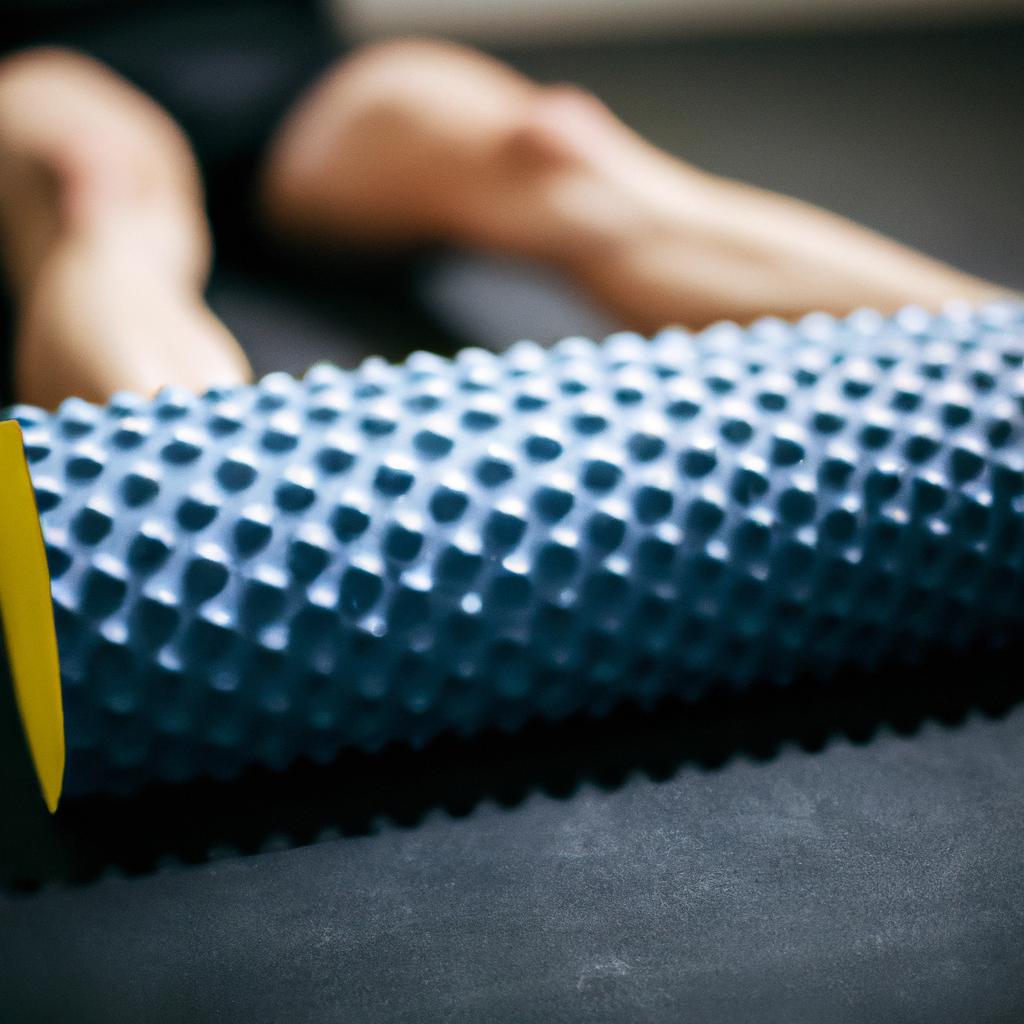**”Foam Rolling for Enhanced Muscle Activation: Techniques to Prepare Your Body for Optimal Performance”**
Foam Rolling for Enhanced Muscle Activation: Techniques to Prepare Your Body for Optimal Performance
As athletes and fitness enthusiasts, we’re always on the lookout for effective strategies to enhance our performance and recovery. One technique that has gained significant popularity in recent years is foam rolling. This simple yet effective practice not only helps in muscle recovery but also plays a crucial role in muscle activation. In this blog post, we will explore various foam rolling techniques, discuss their benefits, and provide tips for proper execution, nutrition, and exercise advice to optimize your performance.
Understanding Foam Rolling
What Is Foam Rolling?
Foam rolling is a form of self-myofascial release (SMR) that involves using a foam roller to apply pressure to specific body areas. The primary goal is to release muscle tightness and improve blood flow. However, many people overlook its potential for enhancing muscle activation, which is essential before engaging in physical activities.
How Does Foam Rolling Work?
When you foam roll, the pressure applied to your muscles and fascia helps to break down knots and adhesions, thereby improving tissue quality. Furthermore, this technique stimulates the nervous system, leading to improved muscle function and activation. This is particularly beneficial before workouts, as properly activated muscles can lead to better performance and reduced risk of injury.
Foam Rolling Techniques for Muscle Activation
Target Key Muscle Groups
To maximize the benefits of foam rolling, focus on key muscle groups that are often tight or overworked. These include the quadriceps, hamstrings, glutes, calves, and upper back. Therefore, spending time on these areas can significantly enhance your muscle activation.
Quadriceps and Hamstrings
To foam roll your quadriceps, lie face down and place the roller under your thighs. Slowly roll from your hip to your knee, pausing on any tight spots. Conversely, for your hamstrings, sit on the ground and place the roller beneath your thighs, rolling from your knees to your glutes.
Glutes and Lower Back
For your glutes, sit on the roller with one ankle crossed over the opposite knee. Gently lean to the side of the crossed leg and roll. In contrast, for your lower back, lie on your back with the roller positioned under your lower spine, rolling gently to release tension.
Timing Your Foam Rolling Routine
Timing is crucial when it comes to foam rolling. Ideally, you should incorporate foam rolling into your warm-up routine. Therefore, spend 5 to 10 minutes rolling before your workout to prepare your muscles for optimal performance. On the other hand, using foam rolling post-exercise can aid in recovery and reduce muscle soreness.
Nutrition Tips for Enhanced Performance
In addition to foam rolling, proper nutrition plays a vital role in preparing your body for optimal performance. Consuming a balanced diet rich in carbohydrates, proteins, and healthy fats is essential.
Pre-Workout Nutrition
Before your workout, consider having a meal or snack that includes complex carbohydrates and a moderate amount of protein. This combination provides the necessary energy for your workout while promoting muscle repair. For example, a piece of whole-grain toast with peanut butter or a banana with Greek yogurt can be effective options.
Post-Workout Recovery
After exercising, it’s important to refuel your body. Consuming protein-rich foods helps repair muscle tissue, while carbohydrates replenish glycogen stores. A protein shake or a meal containing lean meats, whole grains, and vegetables can aid in recovery.
Health Benefits of Foam Rolling
Improved Flexibility and Range of Motion
One of the most notable benefits of foam rolling is its ability to improve flexibility and range of motion. Consequently, this can enhance overall performance and decrease the risk of injury during physical activities.
Decreased Muscle Soreness
Moreover, foam rolling can help reduce delayed onset muscle soreness (DOMS), which is common after intense workouts. By improving blood flow and accelerating recovery, foam rolling can help you bounce back more quickly.
Enhanced Mental Focus
Interestingly, foam rolling is not just beneficial for physical performance. It can also contribute to enhanced mental focus. The rhythmic nature of rolling can be meditative, helping you clear your mind and prepare mentally for your workout.
Conclusion
Foam rolling is a powerful tool that can enhance muscle activation and improve overall performance. By incorporating effective techniques into your warm-up routine, you can prepare your body for the demands of exercise while also enjoying various health benefits. Furthermore, complementing foam rolling with proper nutrition will ensure that your body is fully equipped to perform at its best. Therefore, whether you are an elite athlete or a weekend warrior, consider adding foam rolling to your fitness regimen for optimal performance and recovery. Remember, it’s not just about working hard; it’s about working smart!
FAQ
What is the primary benefit of foam rolling before a workout?
The primary benefit of foam rolling before a workout is enhanced muscle activation. By applying pressure to specific muscle groups, foam rolling helps to release muscle tightness and improve blood flow, which can lead to better performance and a reduced risk of injury during physical activities.
How long should I spend foam rolling as part of my warm-up routine?
Ideally, you should spend 5 to 10 minutes foam rolling as part of your warm-up routine. This timeframe allows you to adequately prepare your muscles for optimal performance before engaging in physical activities.
Can foam rolling help with post-workout recovery?
Yes, foam rolling can significantly aid in post-workout recovery. It helps reduce delayed onset muscle soreness (DOMS) by improving blood flow, accelerating recovery, and allowing your muscles to bounce back more quickly after intense workouts.















Post Comment